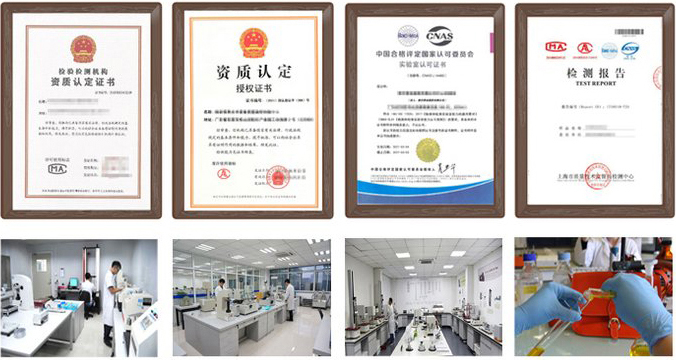Cooling oil ingredient detectionHow to apply for a report? What items need to be tested? We will conduct testing and evaluation in strict accordance with the standards. We can also provide personalized testing plans and reports according to your needs.
Cooling oil is a common topical medicine, and its component detection is an important part of ensuring product quality and safety. The methods for detecting the components of cooling oil mainly include the following aspects:
1. Sample preparation
Before testing the components of cooling oil, it is necessary to prepare an appropriate amount of cooling oil samples and ensure that the samples are not contaminated or deteriorated. At the same time, the source, production date, batch number, and other information of the samples should be recorded for subsequent analysis and traceability.
2. Appearance and odor inspection
Appearance inspection: Observe whether the color and texture of the cooling oil meet the standards. Generally speaking, cooling oil should be a transparent liquid with a colorless or light yellow color.
Odor inspection: Evaluate whether the smell of the cooling oil is pure and whether it has a cool feeling.
3. Physical and chemical property detection
Density detection: Use a densitometer to measure the density of the cooling oil to ensure that it is within the specified range (such as 0.880~0.920g/mL).
Refractive index detection: Use a refractometer to measure the refractive index of the cooling oil to determine whether its optical properties meet the requirements (such as 1.460~1.480).
Acid value detection: The acid value of the cooling oil is determined by acid-base titration to ensure that it does not exceed the specified limit (such as 5mgKOH/g).
Volatile substance content detection: Use appropriate instruments and methods to determine the content of volatile substances in the cooling oil to ensure that it is not less than the specified proportion (such as not less than 85%).
IV. Component analysis
High-performance liquid chromatography (HPLC): Use high-performance liquid chromatography to separate and quantitatively analyze the various components in the cooling oil. By comparing the chromatograms of the sample and the reference, the content of various components in the cooling oil can be determined.
Gas chromatography (GC): For the volatile components in the cooling oil, gas chromatography can be used for analysis. This method can separate and determine volatile substances in the cooling oil, such as menthol, camphor, etc.
UV-visible spectrophotometry: Quantitative analysis is performed using the absorption characteristics of the substance in the UV-visible region. If certain components in the cooling oil have maximum absorption at a specific wavelength, their content can be calculated by measuring the absorbance.
5. Impurity and microbial limit inspection
Impurity inspection: Through visual inspection or instrumental analysis, detect whether the cooling oil contains impurities, such as particulate matter, sediment, etc. At the same time, chemical methods can also be used to determine the specific composition and content of impurities.
Microbial limit inspection: According to relevant standards and methods, count and identify bacteria, fungi, and other microorganisms in the cooling oil to ensure that it meets hygiene standards. This usually includes the detection of indicators such as the total number of bacterial colonies, the total number of fungal colonies, fecal coliforms, Pseudomonas aeruginosa, and Staphylococcus aureus.
6. Data processing and analysis
The data obtained from the test are sorted and analyzed, and compared with the standard value or reference product to determine whether the quality of the cooling oil meets the requirements. If necessary, further statistical analysis or data visualization can be performed.
In summary, the methods for detecting the composition of cooling oil involve many aspects, including sample preparation, appearance, and odor inspection, physical and chemical property detection, component analysis, impurity, and microbial limit inspection, and data processing and analysis. Through the comprehensive application of these methods, the quality and safety of cooling oil can be comprehensively evaluated to ensure the health and safety of consumers when using it.
Test report function
1、Project bidding: issue authoritative third-party CMA/CNAS qualification report;
2、E-commerce platform entry: quality inspection reports recognized by major e-commerce platforms;
3、Used as sales report: issuing a test report with legal effect to make consumers feel more at ease;
4、Papers and scientific research: providing professional and personalized testing needs;
5、Judicial services: providing scientific, fair and accurate testing data;
6、Industrial problem diagnosis: verifying the troubleshooting and correction of problems in industrial production;


 National free customer service telephone 400-101-7153
National free customer service telephone 400-101-7153 

